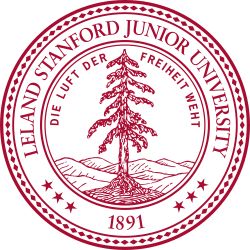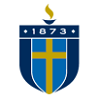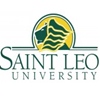Introduction and Overview
Location: Located in downtown Columbus, Ohio, USA.
Campus size: The school covers an area of 10 acres and is equipped with 16 teaching buildings.
Number of students: The number of students per year is about 1,300.
History and establishment time
The school was founded in 1879. Its predecessor was the Columbus Art School, which was founded by the Columbus Art Association, a group of women. At first, there were only 3 students and 1 teacher. It moved several times in 1885 and 1914. In 1959, it was renamed Columbus College of Art and Design. In 1969, it was authorized to offer a bachelor's degree in fine arts by the Ohio State Board of Education. In 1976, it was accredited by the National Association of Art Schools of the United States.
School strength
Faculty: The faculty and staff are professionals from different art fields who can provide students with professional guidance and rich industry experience.
Teaching resources: The school is equipped with professional studios, equipment and computer laboratories for each major. For example, the fashion design major has 6 large studios equipped with workbenches, sewing rooms, printing and dyeing rooms, etc.; the animation design major has Mac and PC computers and 21-inch Cintiq equipment installed with professional design software; the film art major is equipped with a well-equipped studio, etc.
Nature of the institution
Private art and design college.
Educational philosophy
Emphasis on integrating professional traditions and commitment to quality with solid basic education in art and humanities, focusing on the mastery of basic principles, techniques and materials of art and design, while emphasizing the methods used in today's professional work environment, and is committed to cultivating creative leaders who can achieve personal development in art, design and humanities.
Key laboratories and disciplines
Key disciplines:
Animation major: strong, many graduates become illustrators for Walt Disney Company.
Fashion design major: ranked in the top 20 in the United States, focusing on professors of practical skills in design and construction.
Advertising and graphic design major: equipped with a professional learning platform, including Apple computer workbenches with professional software installed, professional printers, etc.
Industrial Design Major: It involves multidisciplinary cross-disciplinary studies. Students can use the modeling studio to make design models, and the employment prospects are broad.
Key Laboratory: Tad Jeffrey Micro-Assembly Laboratory, which provides students with advanced experimental equipment and technical support, helping students to combine theoretical knowledge with practice and improve their hands-on ability and innovative thinking.
Department
The school mainly offers undergraduate and master's courses. Undergraduate courses include advertising graphic design, fashion design, visual performing arts, animation, comics, film art, industrial design, interior design, illustration, photography, fine arts, etc. Graduate courses include fine arts and design.
Ranking
Ranked 10th among the top 20 fashion design schools in the United States announced by Fashionista in 2011.
Cost
Tuition is about US$36,500.
Campus Environment
Buildings and Facilities: The campus consists of 14 buildings, including 2 dormitory buildings, all equipped with laundry facilities, lounges and fitness facilities. The student center is equipped with lounges, cafes, learning centers and entertainment rooms. There are also convenience stores and art supply stores on campus.
Culture and Exchange: The school is adjacent to the Columbus Museum of Art, the Columbus Metropolitan Library, the Near North Gallery District, and a variety of shopping, dining and entertainment venues. Vibrant monthly exhibitions and visiting artists and scholars programs give students the opportunity to interact with local, national and international artists and designers.
Security: Security personnel patrol the campus on foot and in cars around the clock to ensure campus safety.
-

Harvard University
-

Massachusetts Institute of Technology
-

South University
-

University of West Georgia
-

Stanford University
-

Northwest Nazarene University
-

Hawaii Pacific University
-

Shorter University
-

Nova Southeastern University
-

Saint Leo University
-

Mesoamerican University
-

Istmo University
-

Mariano Galvez University of Guatemala
-

Regional University of Guatemala
-

Galileo University
-

Francisco Marroquín University
-

Rafael Landívar University
-

University of the Valley of Guatemala
-

University of San Carlos of Guatemala
-

Technological Institute of Tlaxcala Plateau
-

Golfo University
-

Technological University of South Sonora
-

Technological University of Huejotzingo
-

Tizimín Institute of Technology
-

Chilpancingo Institute of Technology

